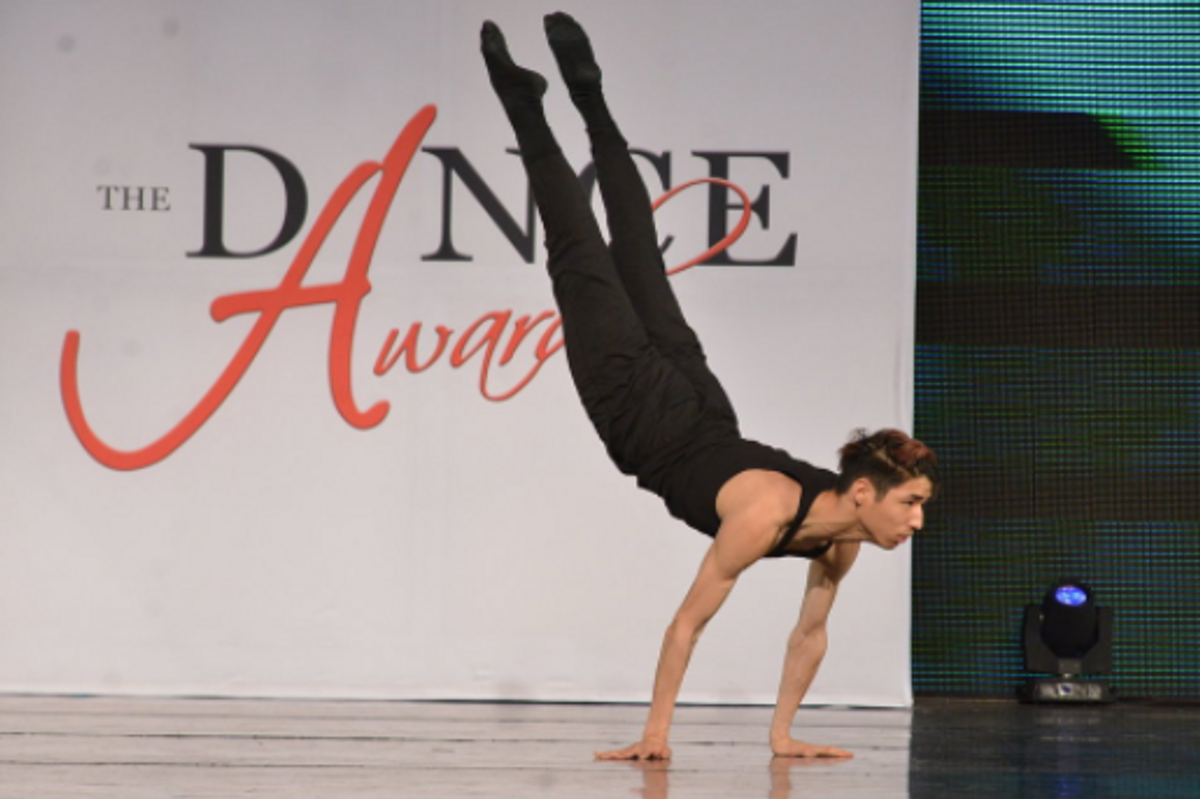
Two competition routines are equal in technical proficiency, artistry and choreography. One consists of all girls, the other includes a boy. Guess which takes home first prize?
If you guessed the one with the boy, you may be privy to an unspoken and much-debated phenomenon in the competition dance world: The Boy Factor. According to The Boy Factor, a competitive piece is more likely to win if there’s a boy in it.
“If it’s all technically equal and one group is all girls and the other group has a boy, the one with the boy will win,” says Rysa Childress, owner of All Star Studios in Forest Hills, New York. “Boy soloists are sometimes scored higher than more technically proficient girls because if a boy has good stage presence, we let him slide,” says an anonymous competition judge. “And most of the feedback will be for the boy.”
The Boy Factor doesn’t just have to do with competition scores: It’s how we treat boys throughout their dance education. “We idolize the boys,” says Ashley Harnish, a teacher at a competition studio. “We build entire dances around one boy, and we teach them that we need them more than we need the girls.”
On the surface, The Boy Factor is flagrant sexism. But what’s really behind the phenomenon? “So often, young male dancers are bullied because our culture says that dance is for girls,” says a second national competition adjudicator. “This stigma pushes some judges to reward boys by scoring them higher than their female competitors.” The Boy Factor also stems from a simple fact: There are far more girls than boys in the dance world.
“Judges see boys as valuable commodities,” says Marissa Jean, a staff member at Broadway Dance Center’s new building for children and teens and a teacher at several competition studios. “To encourage their career in dance, judges will throw a little extra their way. It could be placing them in the top ten or giving them a special award. They nurture them a bit more than the girls.”
But by trying to retain more male talent, are we suggesting to girls that they are less valuable to the dance world than boys? “There’s so much about this getting into these kids’ psyches,” says Childress. “Like, ‘Oh the boy will beat me no matter what.’ How do we teach self-worth knowing that you’re going up against a boy, so what’s the point?”
The Boy Factor is a product of and a contributor to the culture that sends the few men in dance up the glass escalator: “Many boys growing up in the dance world are not told the word ‘no’ often, so they tend to climb the professional ranks more quickly than the women,” says Jean. We often bemoan the absence of female leadership in dance, but the damage is already done if we’ve taught young women that their gender determines their value to our community.
So what can be done about The Boy Factor? First, we could change how we encourage boys to continue dancing. Instead of empowering young men by devaluing young women, we could work as a community to dispel the culture of toxic masculinity that discourages boys from pursuing dance in the first place.
But it also falls in the hands of judges and teachers. “We need to increase awareness,” says the second adjudicator. “A lot of us judges don’t realize what we are promoting and the messages we send through our scoring and awards. If enough of us band together, I think we can make a difference so that this part of our field is less toxic.”



